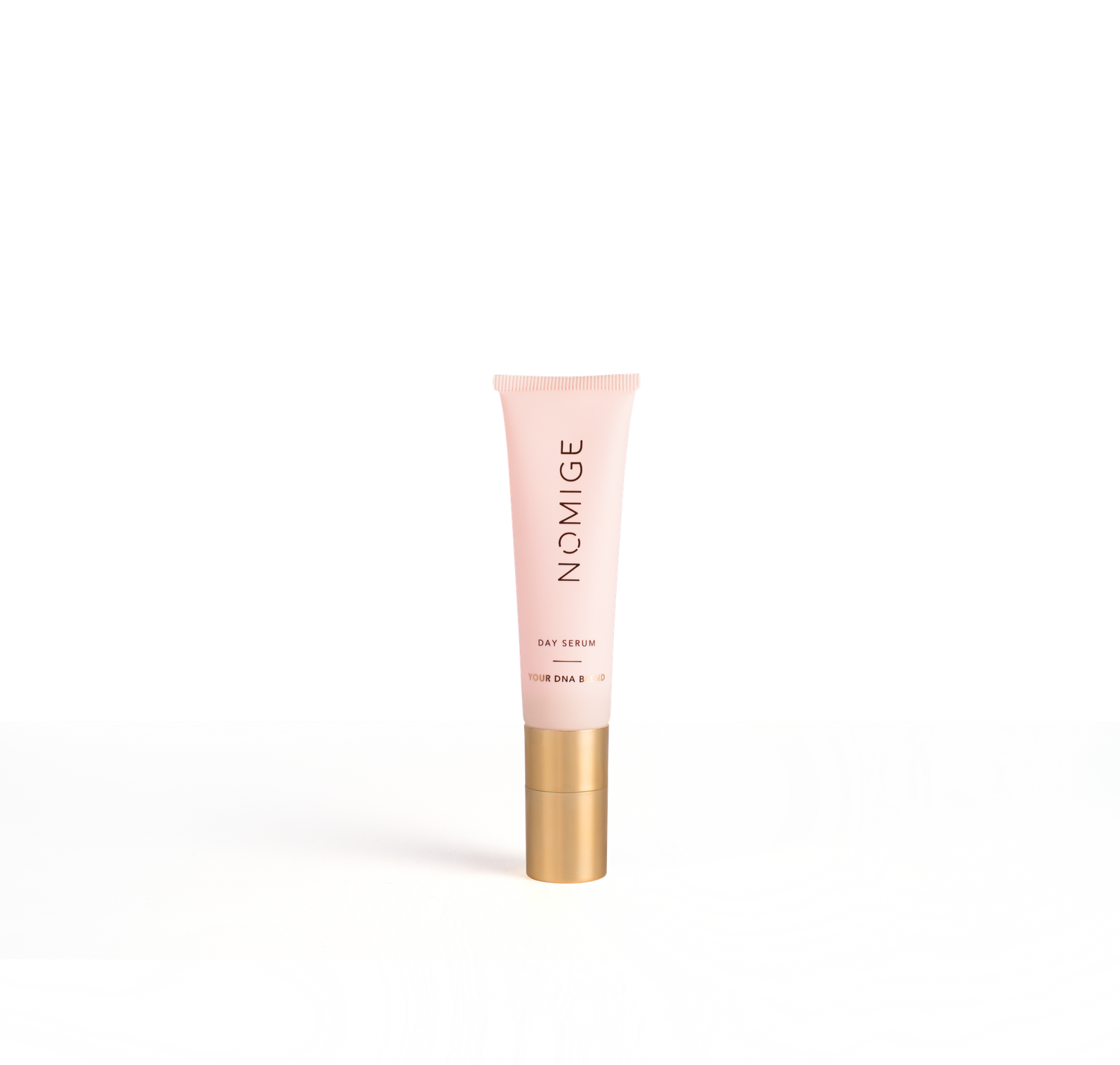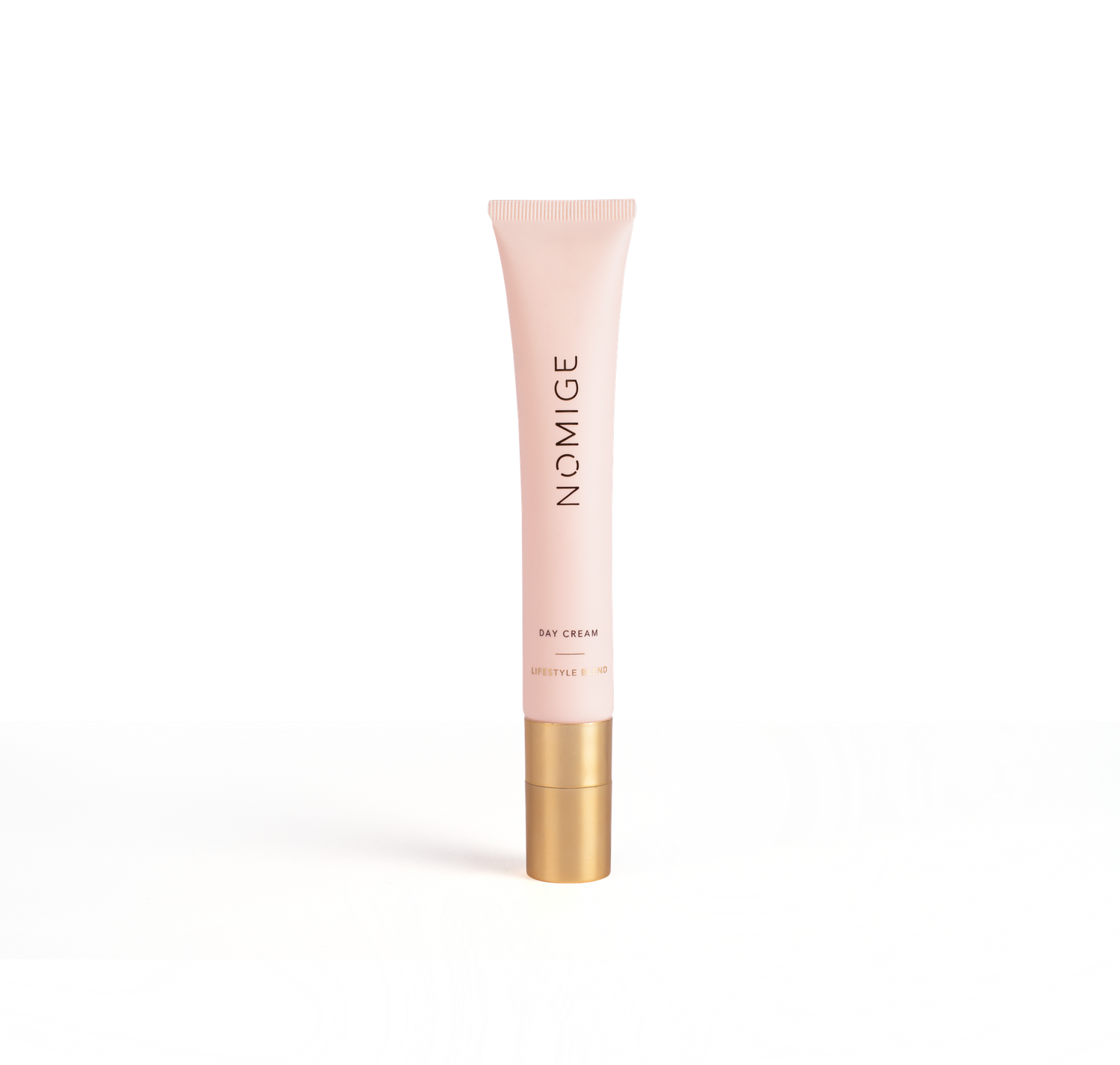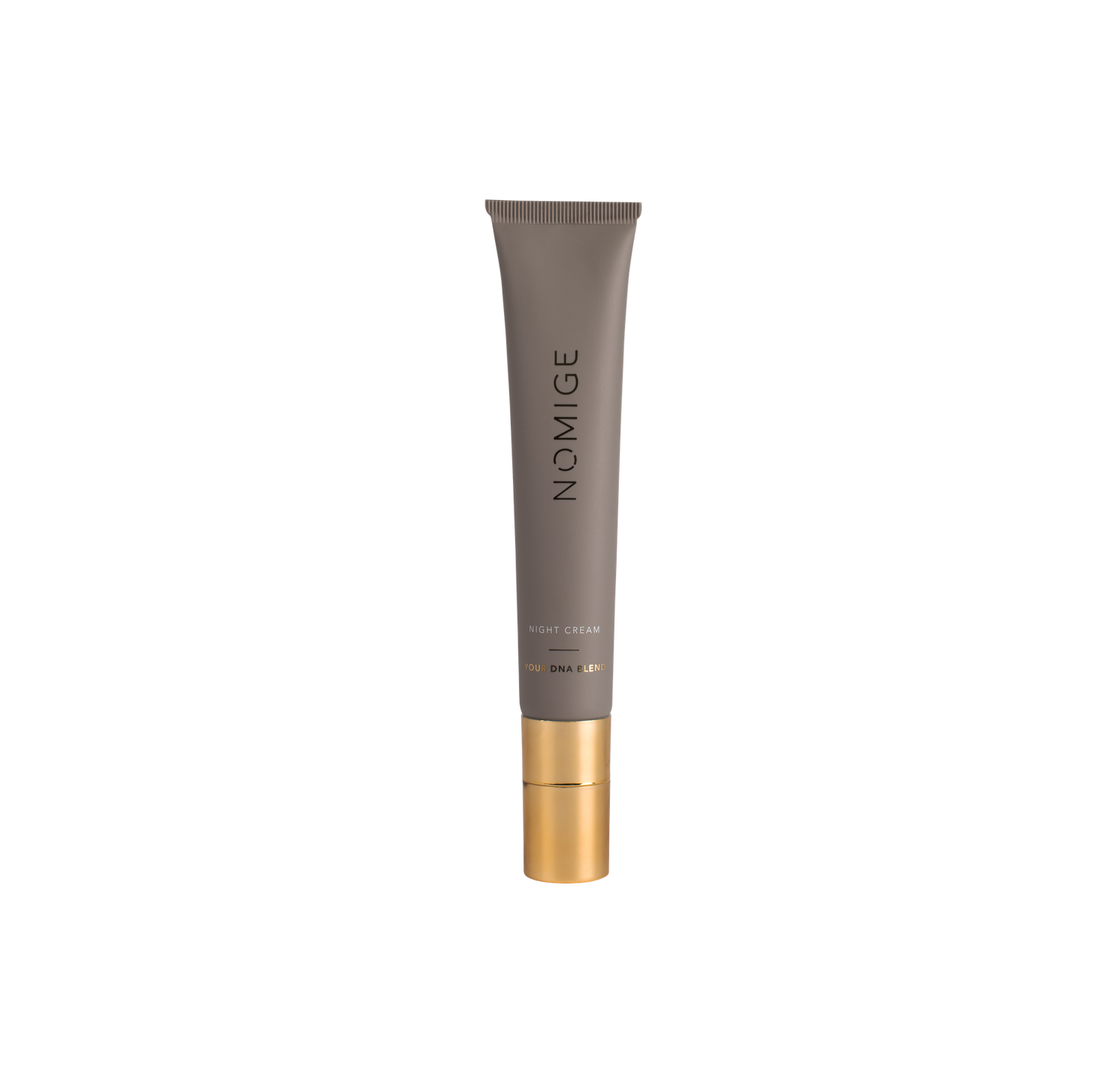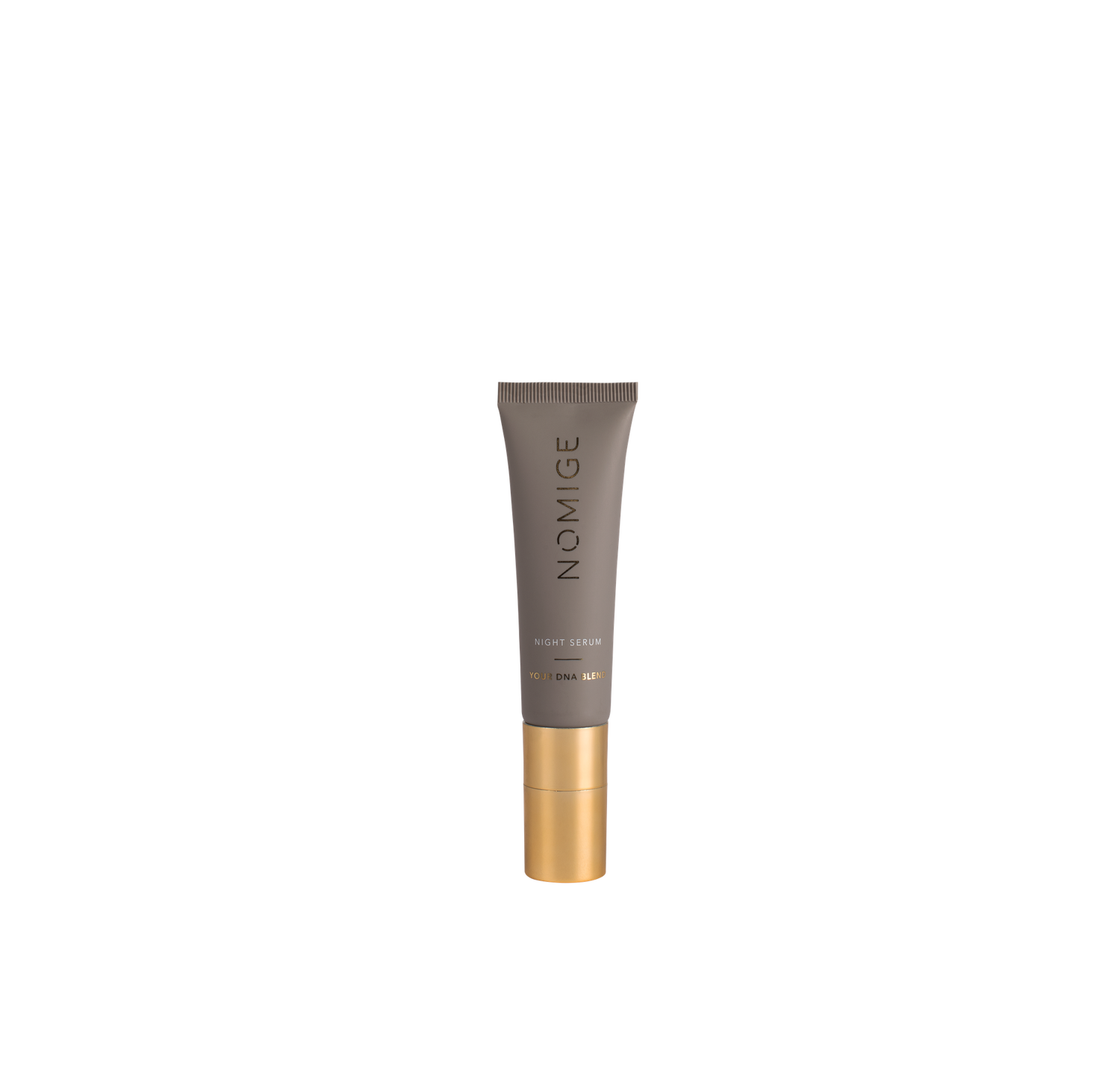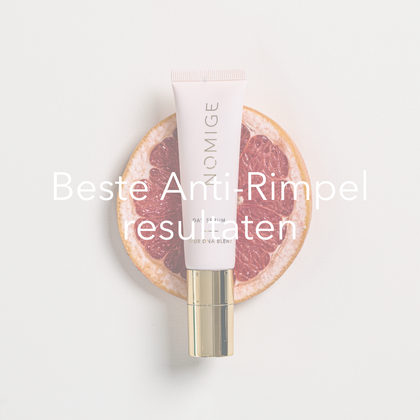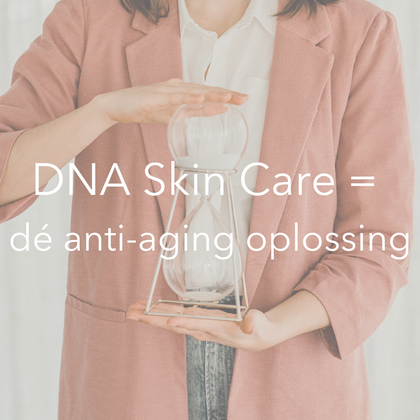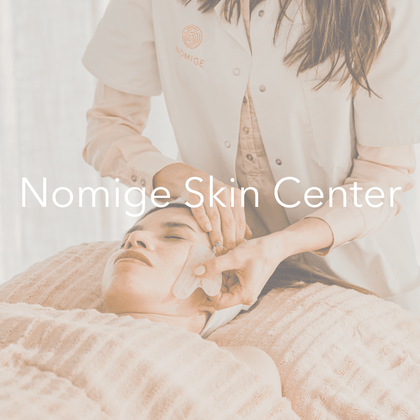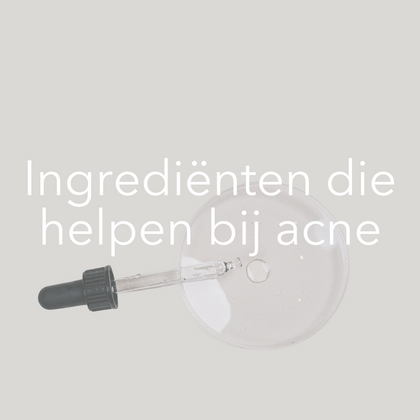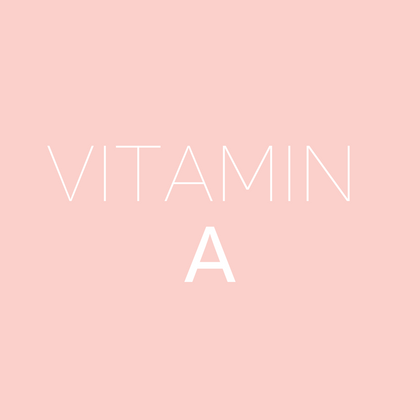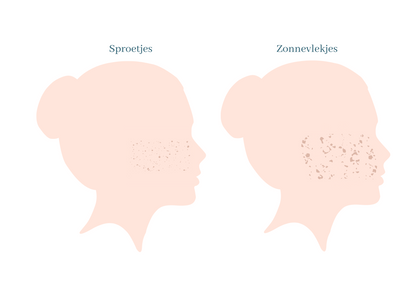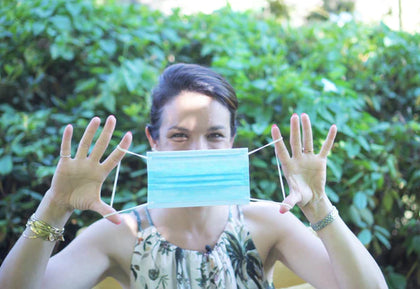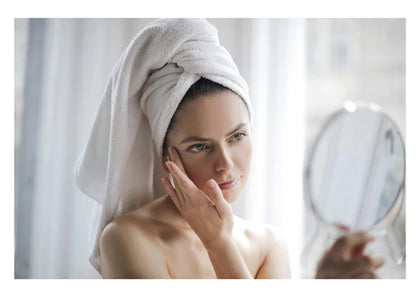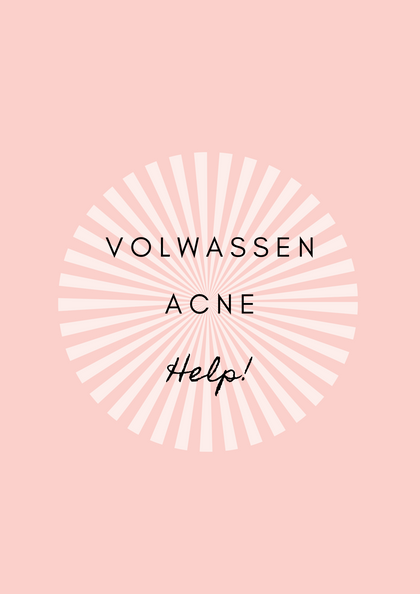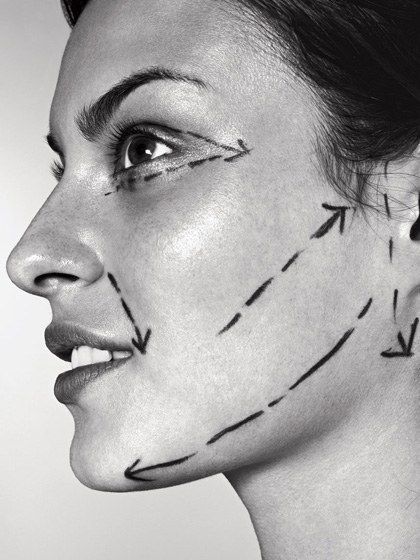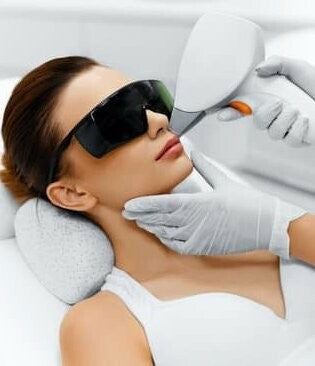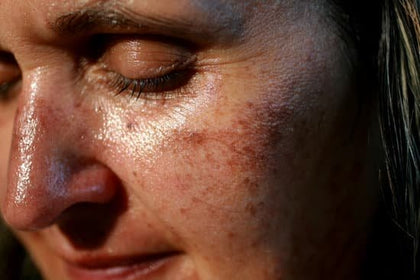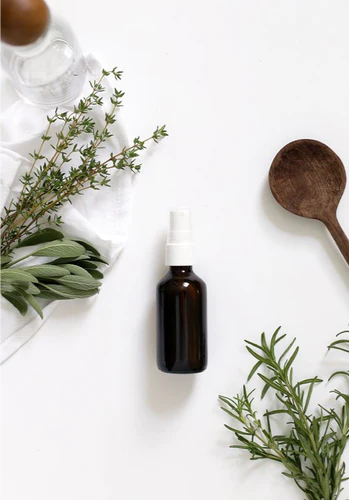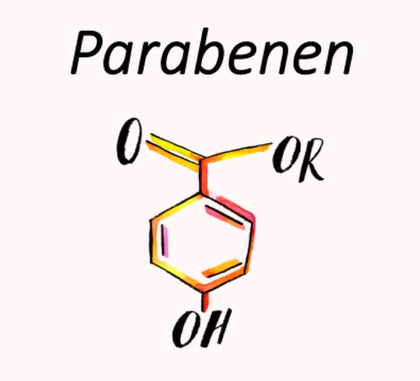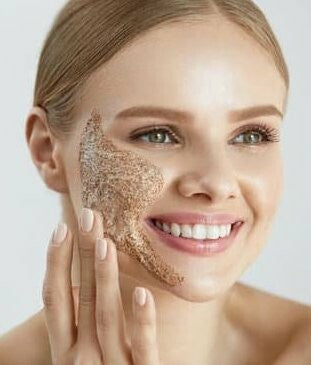Vitamin A, a new ingredient for your skin care routine?
No cosmetic product has been tested as intensively in recent years as vitamin A. This ingredient has a strong skin rejuvenating effect. But is that molecule really as efficient as claimed? And which type of vitamin A produces the best results for your skin? How can you tell if a cosmetic product contains vitamin A? So many questions! We give you all the answers in this blog.
Vitamin A in all kinds of forms:

Most people may mainly know vitamin A as the drug ' roaccutane ' or the cosmetic ingredient ' retinol ' . In general, there are two forms: preformed vitamin A and provitamin A.
- Preformed vitamin A is known as the active form that your body will absorb immediately. It contains the components retinol, retinal and tretinoin (retinoic acid) and is found in products such as meat, chicken and fish.
- Provitamins are the inactive forms of vitamin A and are only converted into the active form in the body. They consist of alpha-carotene, beta-carotene, beta-cryptoxanthin and are found in plants.
In this blog we limit ourselves to retinol and tretinoin (or retinoic acid) , the active form.
How was vitamin A discovered?

What effects does vitamin A have on your skin?
By means of a DNA skin analysis, Nomige determines whether you have genetic "defects" that increase the risk of collagen breakdown.

Other forms of vitamin A: Retinol
Our advice:
Effective concentration: Look for a product with the highest possible retinol concentration. Products with less than 0.3% may not have any positive effects on your skin.
Packaging is extremely important: Vitamin A and derivatives are very unstable ingredients that oxidize quickly. That is why it is important that you choose a product with light-tight and airless packaging so that the ingredients are well shielded from oxygen and light.
Use it temporarily to give your skin a boost: vitamin A is very effective, but also highly irritating. That is why it is better to use it (temporarily) to give your skin a boost instead of every day as part of your facial care.
Apply vitamin A in the evening: Stem cells in the bottom layer of your skin, which are responsible for cell renewal, are mainly produced at night: they replace old cells and thus reduce the signs of skin aging. Since retinol and other forms of vitamin A stimulate this natural process, it is best to use these ingredients in the evening.

View our skin tip
Vitamin A deficiency vs too much vitamin A
A deficiency of vitamin A will affect your immune system. The healthy glow disappears from your skin, your hair is brittle and dull, you have dental problems and even vision loss can occur. In short, your resistance deteriorates. Prevent a deficiency and eat vitamin A rich foods such as liver, fish, butter and dairy products. Fruits and vegetables such as carrots, mangoes, tangerines and green leafy vegetables contain beta-carotene and are a source of provitamin A.
However, do you notice that your appetite decreases and headaches, nausea, muscle pain or fatigue appear? Then it is possible that you have absorbed too much vitamin A , also called hypervitaminosis . This is possible if you consume more than 3000 micrograms of active vitamin A daily, but it does not happen often. Supplements are often the culprit.
Vitamin A and pregnancy

